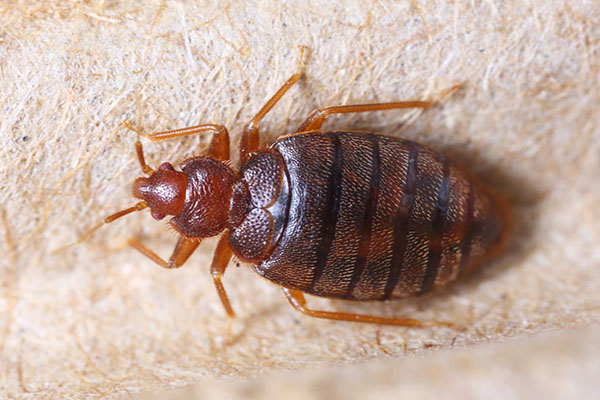
Bed bugs get their name because they are commonly found in beds but can also be found in other places where humans spend a lot of time: hotels, airplanes, and couches.
Common Name: Bed bug, Size: 1/4", Shape: Flat, broad, oval, Color: Mahogany to rusty brown and they turn red after sucking blood, Legs: 6, Wings: No, Antenna: Yes, Class: Insecta, Order: Hemiptera, Species: Cimex lectularius, Family: Cimicidae
Lifecycle
Habits
DIET
Bed bugs can feed on the blood of any warm-blooded animal. Their most common targets are humans because, unlike animals with fur, we have a lot of exposed skin for them to bite.
IMPACT
When Bed bugs feed, they inject the skin with their saliva (this keeps the blood from clotting) and an anesthetic (this keeps the host from feeling the bite and moving). Bed bugs do not spread disease, but their bites can become red, itchy welts.
PREVENTION
Residential Customers
Corporate Clients
Team Members
Quality Certifications